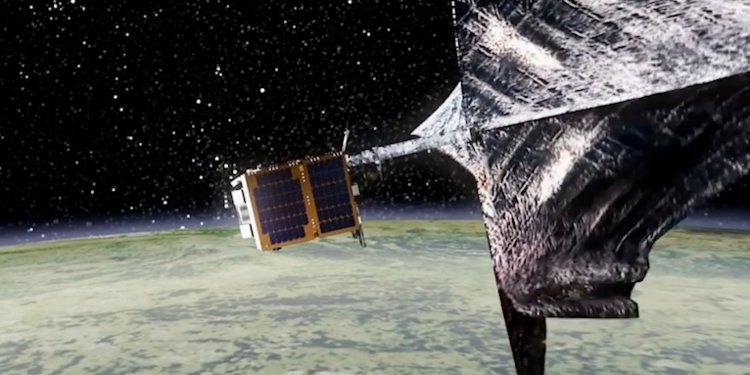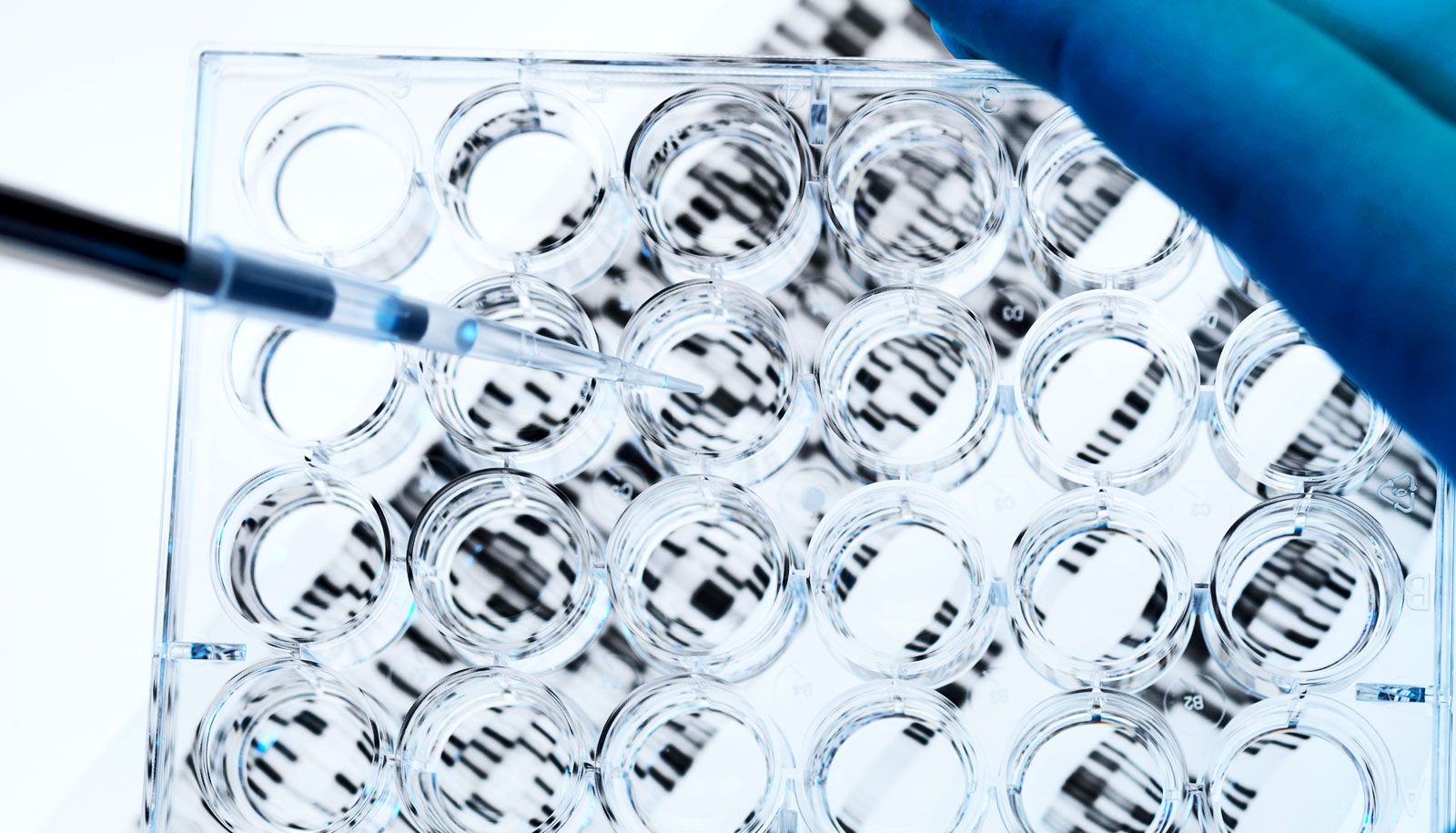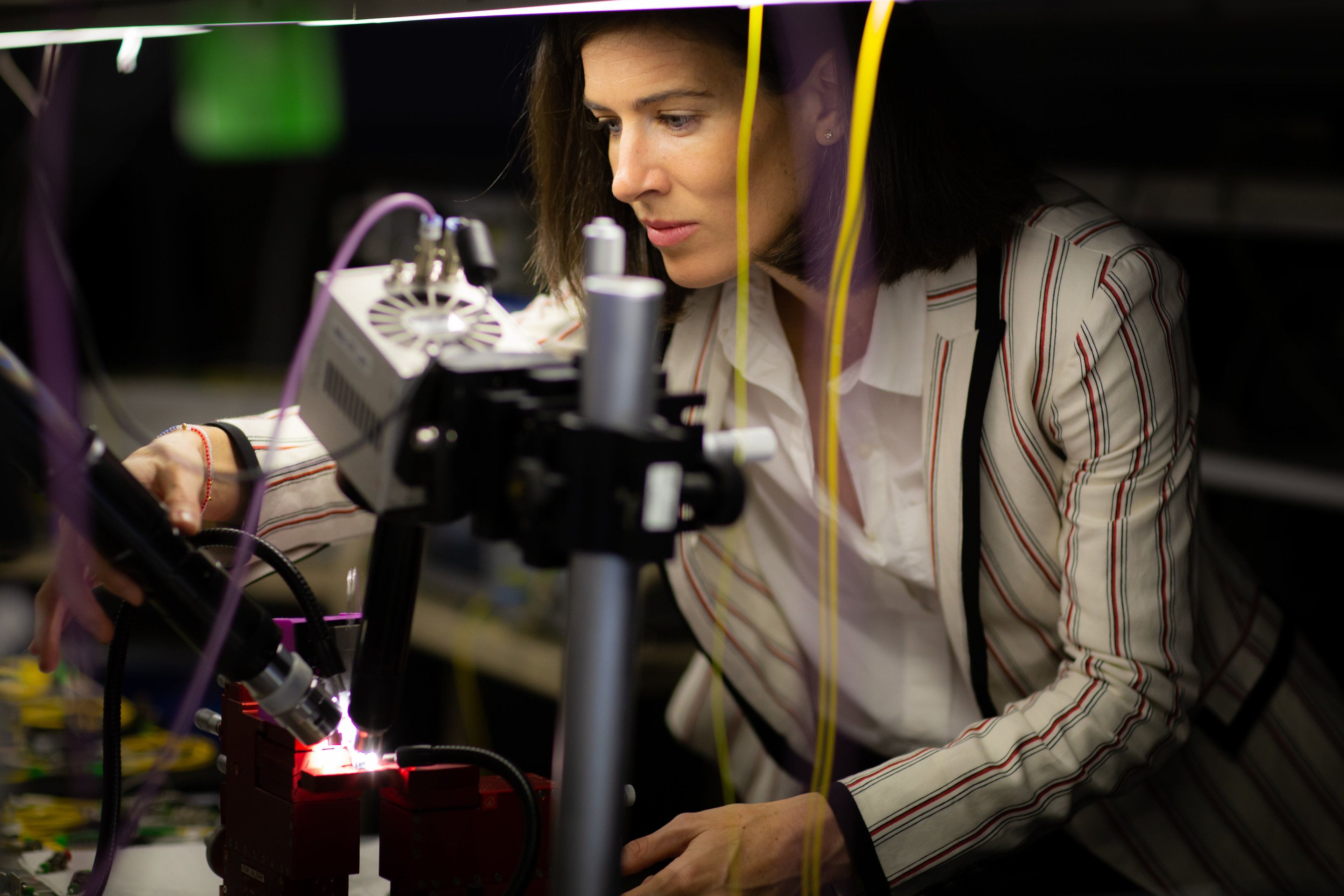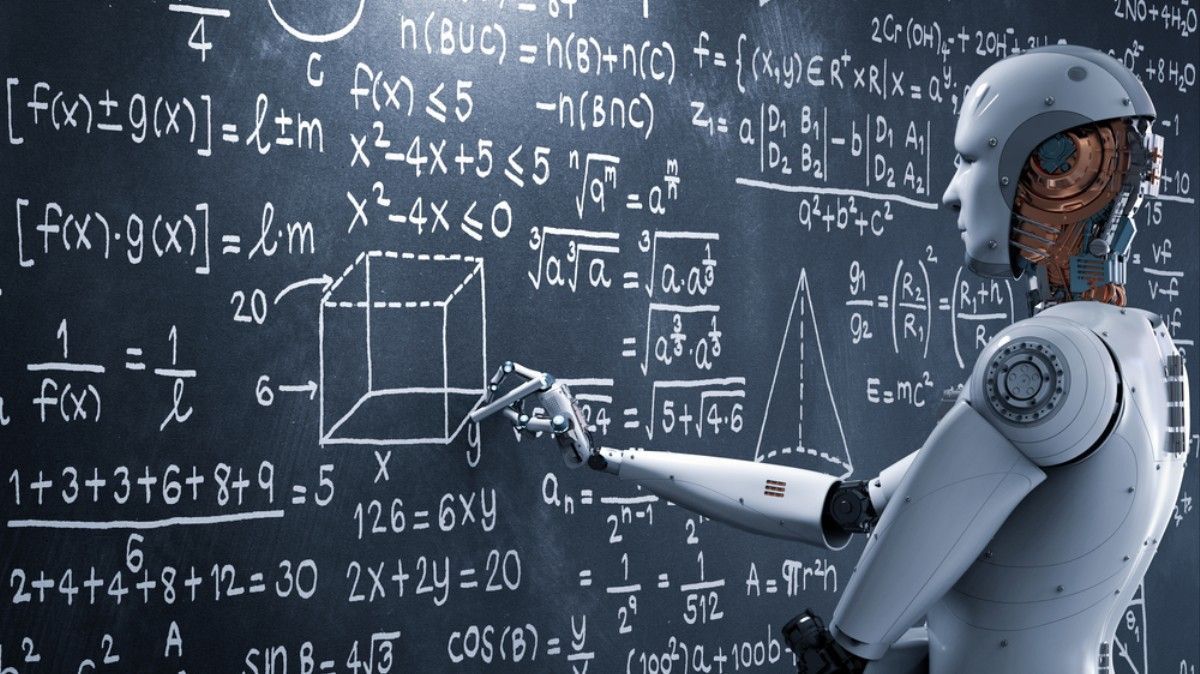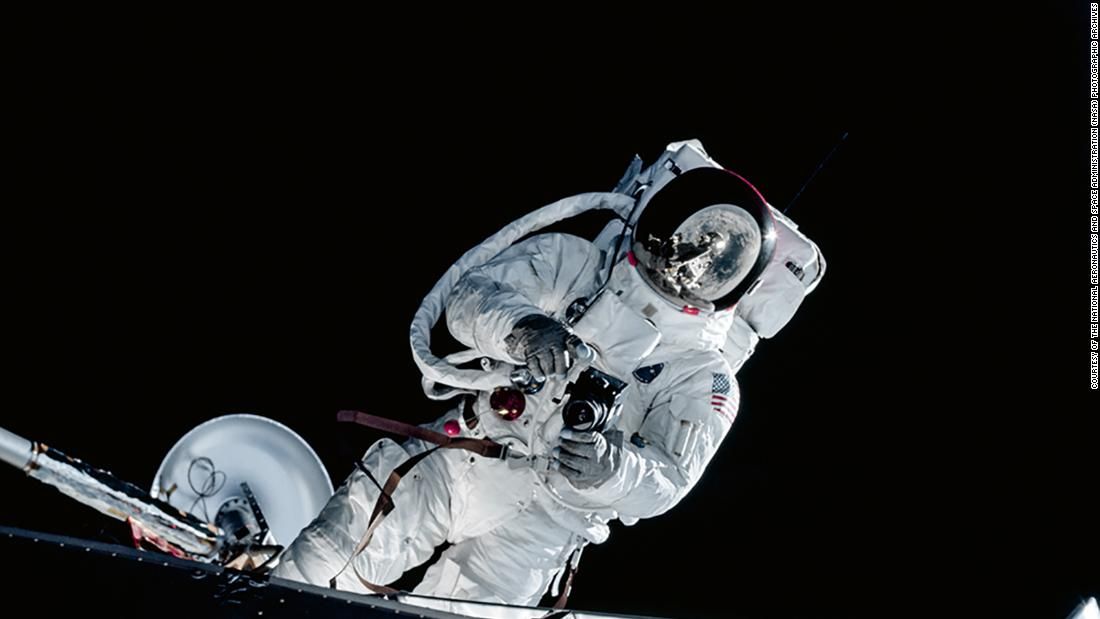New research shows how police could use forensic DNA to track down a suspect’s relatives in genealogy databases that store a different kind of genetic data—and that were never intended for use in police investigations.
In other words, if your sibling leaves DNA at a crime scene, it could lead detectives to your door. That suggests new investigative possibilities for police—and also new concerns about genetic privacy and whether authorities who use forensic DNA in creative ways might be overstepping their bounds, says Noah Rosenberg, a professor of biology at Stanford University and senior author of a study, which appears in Cell.
“The potential to link people’s genotypes across databases has been developing for some time. It is both of interest and concerning, depending on one’s point of view,” says Rosenberg, who is also a member of Stanford Bio-X.

